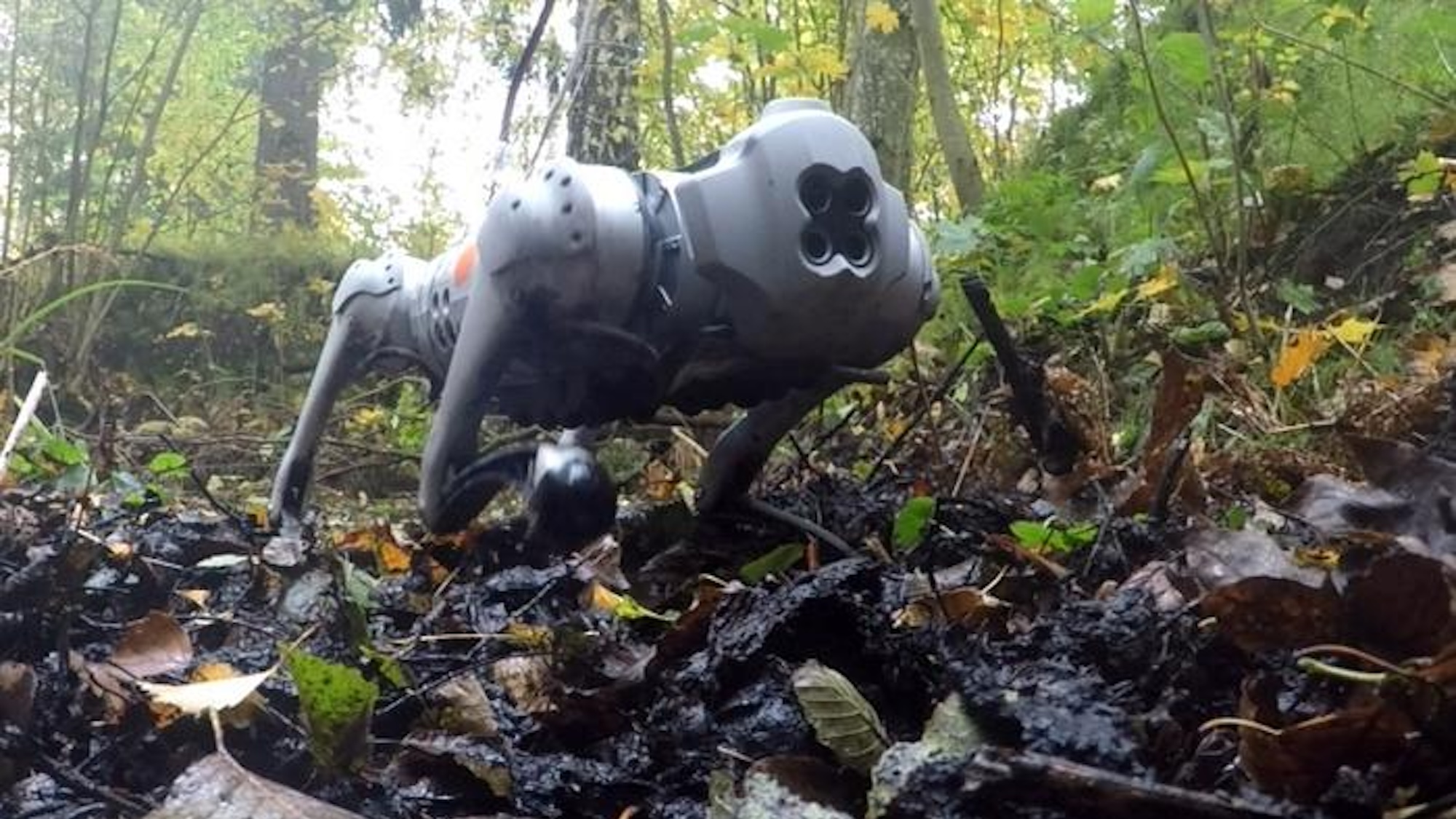When exposed to a virus, the human body marshals the immune system to fend off the intruder. Sometimes, the defense goes awry, and the body mistakenly turns against itself instead of the attacker.
This sort of friendly fire drives multi-inflammatory syndrome in children, or MIS-C, a mysterious condition that in rare cases strikes children who have had a severe bout of Covid-19, according to a new study.
In a subset of children with the syndrome, immune cells become confused by the similarity between a protein carried by the coronavirus and one found throughout the human body, said Joseph DeRisi, an infectious disease expert and the president of the Chan Zuckerberg Biohub in San Francisco, who led the study. This phenomenon is called molecular mimicry, Dr. DeRisi said.
The study was published on Wednesday in the journal Nature. The results offer the first direct proof that Covid-19 sets off an autoimmune reaction that leads to MIS-C.
“This adds a very clear layer of evidence that there is an autoimmune component to MIS-C,” said Dusan Bogunovic, a pediatric immunologist at Columbia University who was not involved in the work.
Scientists have long known that infections can befuddle the body into attacking itself, but the new study is among the first to identify the series of events and cast of immune characters involved in the process.
The research also provides a playbook for investigating the mechanisms underlying other autoimmune diseases, said Dr. Shiv Pillai, an immunologist at Harvard Medical School who was not involved in the work.
“There is a degree of depth here that’s worth repeating by others,” Dr. Pillai said.
Most children weather Covid well, with no lingering effects. But a few weeks after infection, about one in 10,000 become severely ill because of a “wildly outrageous inflammatory reaction,” Dr. DeRisi said. “This sort of post-infectious inflammation was really a mystery.”
In this way, MIS-C resembles Kawasaki syndrome and other rare childhood disorders that are characterized by widespread inflammation.
MIS-C often affects the heart, the brain, the kidneys and the lungs. Children may be hospitalized and need intensive care or even life support. A small number may die.
As of July 2, the Centers for Disease Control and Prevention had recorded nearly 10,000 cases of MIS-C since spring 2020, along with 79 deaths.
The researchers hypothesized that the syndrome might be the result of so-called auto-antibodies, or immune molecules that lose the ability to distinguish the self — the body’s own cells — from an invader.
The phenomenon is not specific to Covid; auto-antibodies may appear after any infection but are often transient. The researchers did not find auto-antibodies in patients with long Covid.
Using technology developed about a dozen years ago by other scientists, Dr. DeRisi and his colleagues looked at the entire repertoire of antibodies produced in 199 children with MIS-C and 45 children who had severe Covid but did not develop the syndrome.
MIS-C’s incidence has plummeted as children have acquired immunity from multiple Covid infections or vaccinations, said Dr. Bogunovic, who found auto-antibodies in nine children with the syndrome in 2020.
“It’s very rare that we now recruit even a single patient,” he said. “In that sense, these numbers are even bigger than they seem.”
Dr. DeRisi and his colleagues found three proteins that stood out in the children with MIS-C compared with the controls. One in particular, SNX8, caught the researchers’ attention: Although it is widely expressed throughout the body, it is most prevalent in immune cells.
They also found that children with MIS-C had an unusual immune response to the coronavirus: They made antibodies to a part of the viral nucleoprotein that the other children who had severe Covid did not.
Then came their “aha moment,” Dr. DeRisi said: The part of the viral nucleoprotein that the children with MIS-C react to is remarkably similar to a section of SNX8.
Puzzlingly, SNX8 is found inside cells, where auto-antibodies cannot reach it. “But the antibody is a clue,” Dr. Pillai said. “It’s telling you that there is this aberrant response.”
The researchers then found that in children with the auto-antibodies, killer T cells, which usually destroy only infected cells, targeted healthy cells containing SNX8. Because that protein is found throughout the body, the friendly fire ends up injuring multiple organs.
This mechanism may explain only a subset of cases of MIS-C. In other cases or with other autoimmune diseases, different parts of the immune system may go rogue, targeting other sets of human and viral proteins that look alike.
The specific phenomenon identified in the new study may be extremely rare. “But when you have a pandemic with millions of people infected, these rare things now become obvious,” Dr. DeRisi said.
While the pandemic was “a horrible, terrifying thing,” he said, “it has surfaced interesting facets of human biology that are going to be relevant for solving other diseases.”





















Discussion about this post